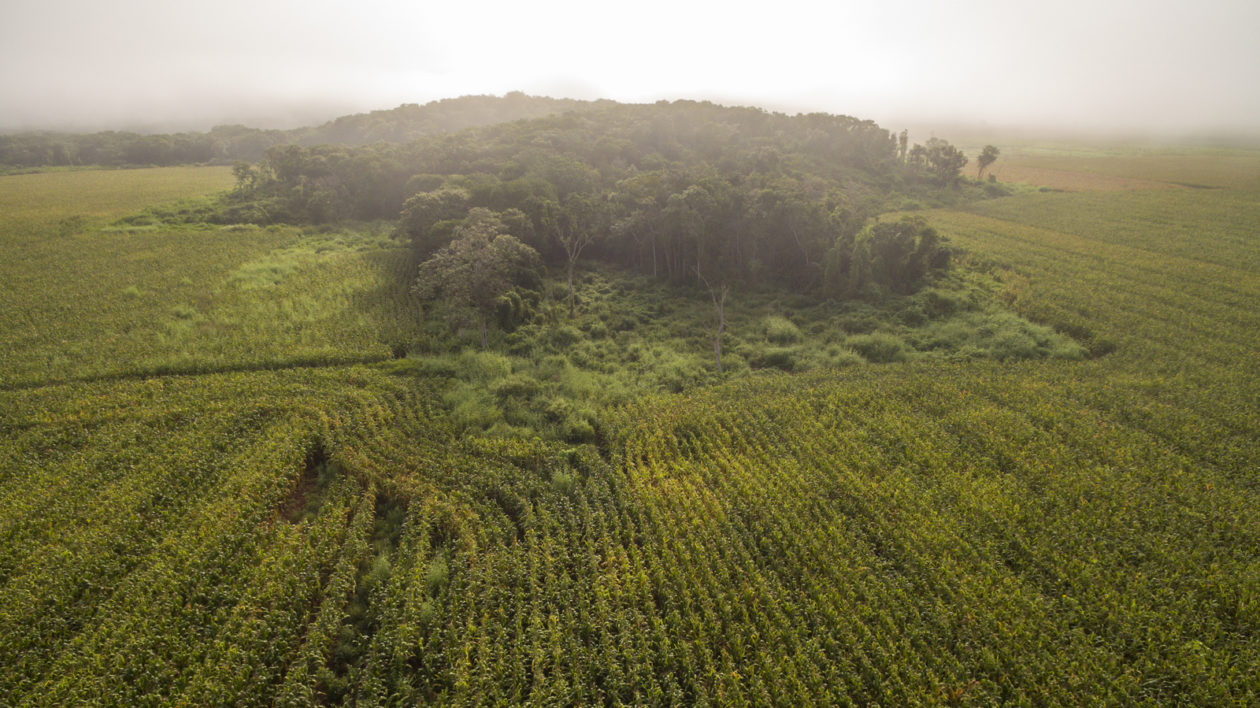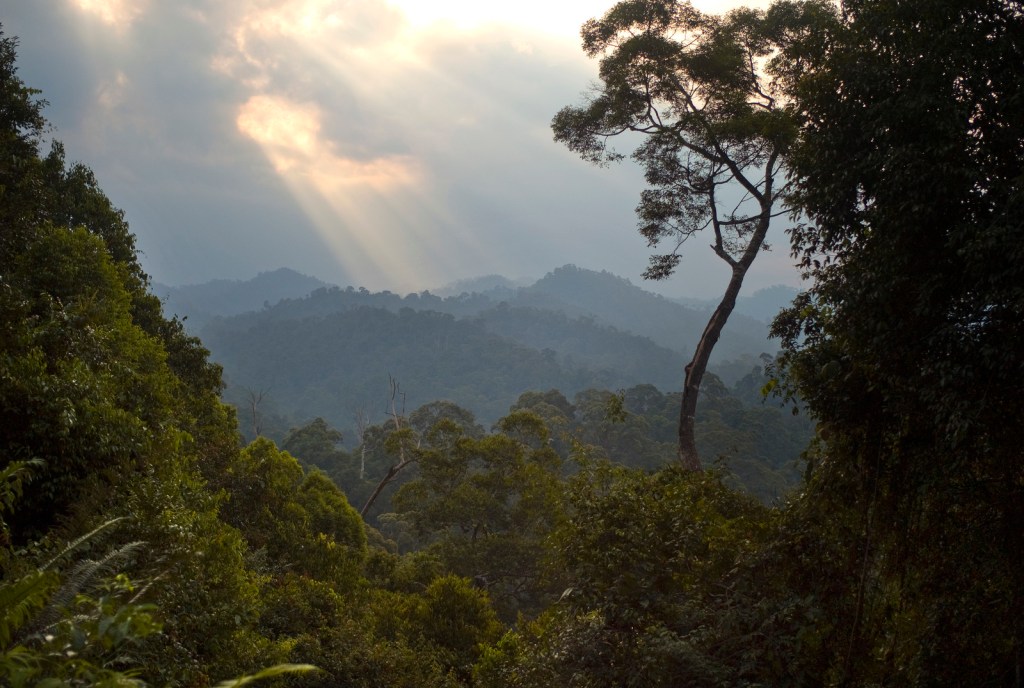In the first-ever peer-reviewed study of its kind, researchers from Earth Innovation Institute, the University of Wisconsin and The Nature Conservancy directly compare across 90 tropical countries how much carbon dioxide could be removed from the atmosphere by both tropical reforestation and deforestation. The paper concludes that reforestation and avoided deforestation are cost-effective natural climate solutions.
The Gist
Reforestation and avoided deforestation are widely promoted as two of the best ways to use nature to address climate change. But how much atmospheric carbon dioxide could these activities reduce, and at what price? Published in the journal Nature Climate Change, the paper predicts forest-cover change in response to carbon pricing in 90 tropical countries in Latin America, Africa, and Asia.
Tropical reforestation and avoided deforestation together could provide up to 191.8 billion tons of carbon mitigation between 2020 and 2050 at a cost of less than $100 (US) per ton. On a per-decade basis, that’s as much as one-third of the mitigation needed by 2030 to keep global temperature rise below 2 °Celsius. Avoiding deforestation is more cost effective overall, offering 7.2 to 9.6 times as much potential carbon abatement as reforestation by 2050.
Much published research looks at the potential for tropical reforestation or avoided tropical forest conversion separately. When researchers compare the effectiveness of the two approaches, they are often comparing analyses conducted in different geographies, with different datasets, using differing methodologies. This paper uses the same datasets and methodology, undertaking for the first time an ‘apples to apples’ comparison of the costs and carbon benefits of reforestation and avoided deforestation.
The analysis is based on a statistical model that identifies how much tropical reforestation or avoided deforestation, respectively, would be incentivized at different carbon prices and assesses the implications for carbon sequestration in the tropics.

The Big Picture
If we could provide a carbon payment to incentivize forest carbon sequestration, how much of a reduction in deforestation are we likely to see across the tropics? A carbon price of $50-$100 (US) per ton of carbon dioxide, prices required to meet the Paris Agreement of keeping global warming at less than 2 degrees Celsius, would reduce deforestation by 28 to 44 percent during the 2020 to 2050 period.
Thus, by offering tropical forest land managers a price of $50 ($100) per ton of carbon dioxide, we could reduce carbon emissions by 42 percent (62 percent) from baseline levels.
Carbon-based incentives would also trigger much-needed increases in tropical reforestation. At prices of $50 to $100 (US) per ton of carbon dioxide, we are likely to see reforestation increase by 22 to 48 percent during the 2020 to 2050 period.
Pricing carbon will mitigate climate change through both avoided deforestation and reforestation. While reducing deforestation will result in more carbon abatement in most countries, reforestation is more cost-effective in 21 of the 90 countries covered in this study, 17 of which are in Africa. The top ten countries that offer the greatest potential for low-cost abatement from tropical reforestation by 2050 are Brazil, Indonesia, Democratic Republic of Congo, Mexico, Angola, Colombia, India, Tanzania, Mozambique, and Thailand.
The paper’s authors conclude that reforestation compares favorably to other “negative emissions technologies,” and a higher carbon price would lead to more removals. And, as lead author Jonah Busch notes, “Like trees themselves, the benefits of reforestation start small and grow over time.”
The Takeaway
The United Nations just launched the Decade of Ecosystem Restoration, and reforestation will be a major strategy in achieving global goals. This paper demonstrates that reforestation, in addition to avoided deforestation, is a cost-effective climate change mitigation strategy.
Of course, not all tree planting is equal. While commercial tree plantations may seem more attractive for additional economic benefits from harvesting, restored natural forests harbor more biodiversity.
Countries need to both reforest and curtail deforestation. There are many benefits from doing so and, clearly, cost-effective climate mitigation is one of them.
Read a detailed analysis of the paper.
References:
Busch, J. et al. (2019) Potential for low-cost carbon dioxide removal through tropical reforestation Nature Climate Change, 9, 463–466.




Global carbon offsetting through planting and protection of forest is fundamentally needed. Pollution and soil health must also be considered for long term success.